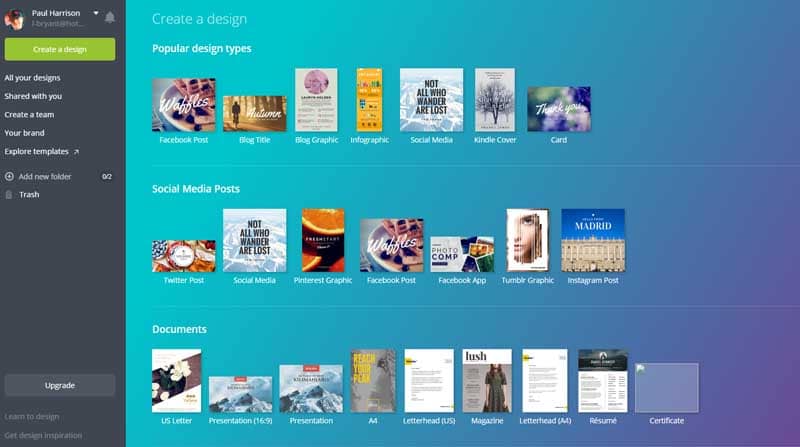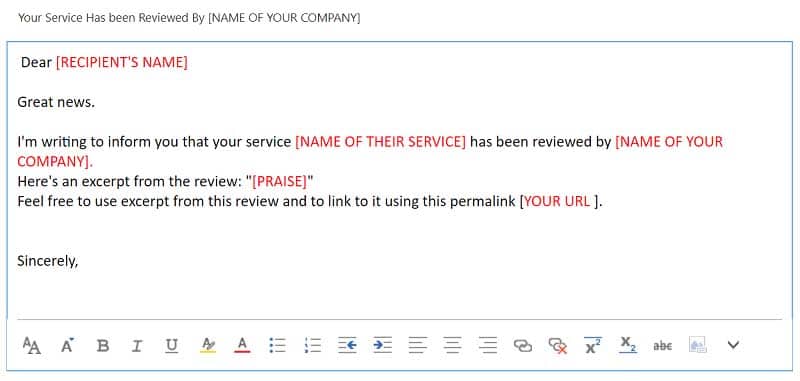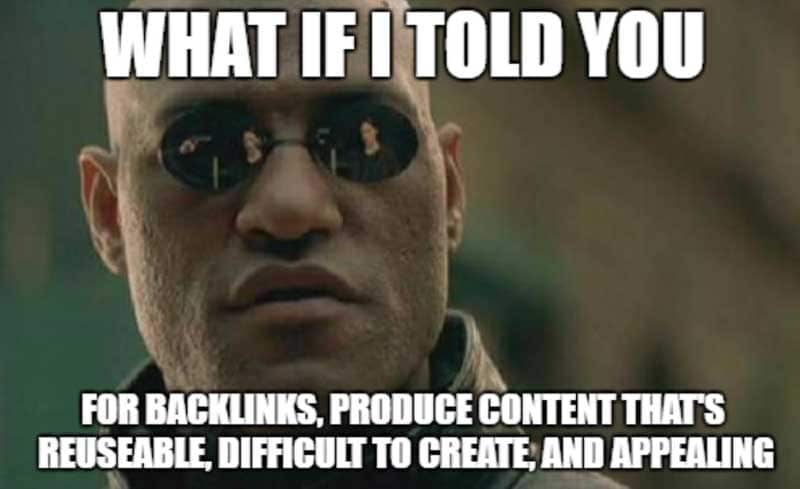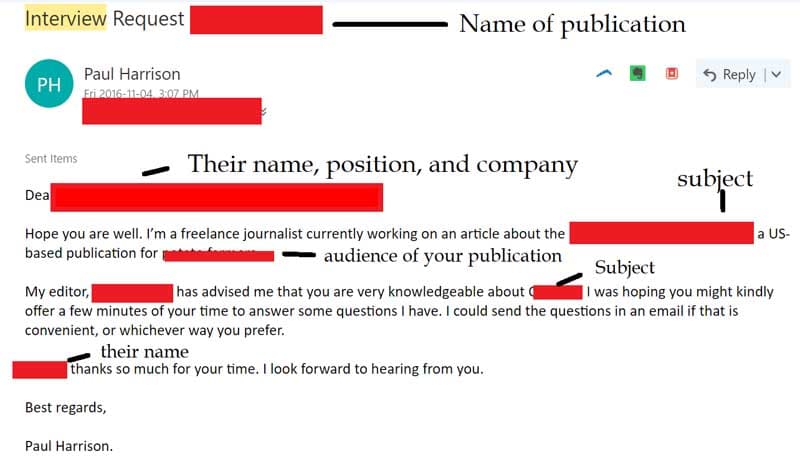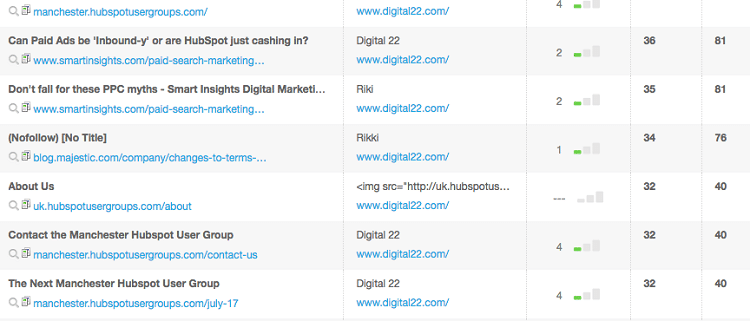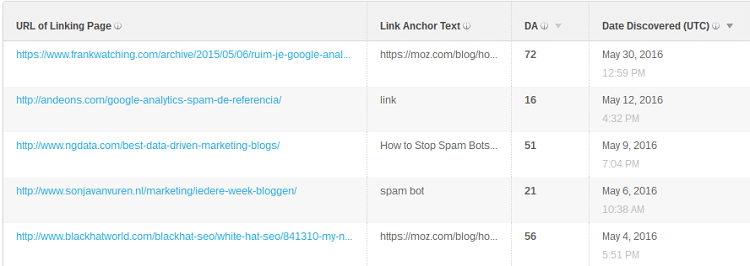It can happen in an instant. A seemingly harmless response to a snarky comment on social can spiral into a full blown reputation crisis for a brand. How you manage and de-escalate a social crisis, as well as the steps you take to prevent it from happening again, are crucial to your customer service blueprint.
In this week’s chat we turned to our #SproutChat community to explore some best practices for managing a social emergency effectively and how to take precautions ahead of time to be ready with a plan.
Create a Crisis Communication Plan
Take the time to plan out a social media crisis management plan not just with your team, but across your organization—like your legal team and customer support—to thoroughly handle the issue. Be in tune with your audience and understand that certain tones, content or messages may not resonate with them and cause backlash.
A1: By making sure that all the people in your team can deal well with customers and know how to help and serve them #SproutChat
— Peter Emad (@PeterEmad37) September 27, 2017
A1: Avoid the desire to capitalize on polarizing topics/issues. Own the mishap immediately. #sproutchat
— Javier Sanabria (@SanabriaJav) September 27, 2017
A1: Plan, plan, plan and be prepared. #SproutChat
— Flying Cork (@flyingcorkpgh) September 27, 2017
A1. Don't be opportunistic about sensitive topics–so many brands do this distastefully. Also, be fully honest about mistakes. #SproutChat pic.twitter.com/vnAtUep6am
— Fat Guy Media (@FatGuyMedia) September 27, 2017
Loop in the Appropriate People
When creating your crisis management plan think of who should be looped in with each step. Think of when your technology, legal, PR and Executive teams need to be brought in to help when crafting these plans. Consult with the appropriate people within your organization who would need eyes on what’s happening.
A2: PR/media relations should always be brought in for guidance. If it affects a line of business senior level execs. #SproutChat
— Javier Sanabria (@SanabriaJav) September 27, 2017
A2: We have a back-up plan for social crisis' & we loop our community manager. Expert Tip: Always take the conversation to DMs. #SproutChat
— Sway Group (@SwayGroup) September 27, 2017
A2. Definitely bring in folks from outside of social. Consider all possible angles to address the problem, if time allows. #SproutChat
— Fat Guy Media (@FatGuyMedia) September 27, 2017
A2: Our social media+PR would steer the ship but definitely pull in whatever outside-the-team-but-inside-the-organization people necessary #SproutChat
— Kathleen Gormley (@KathGorm) September 27, 2017
A2: Usually, I would use most competent people from the team for crisis management #SproutChat
— Benny Gelbendorf (@BGelbendorf) September 27, 2017
A2. This shouldn't be something that is determined during a crisis. Set yourself & your org up for success by creating a crisis response team with vital players from across your org. Make sure everyone knows their role and have👏🏼a👏🏼plan. #SproutChat
— Carrie Kintz (@CarrieKintz) September 27, 2017
Brand Guidelines Are Key
When launching a new social channel take the time to figure out if brand guidelines are necessary. If you offer social support on your channels coordinate with customer service to be looped in on the appropriate responses to comments. Offer your brand guidelines to anyone at your business who is externally facing.
A3: they are a great idea, especially if you have a lot of fingers in the pie. Formal ones may not always be neccesary. #sproutchat
— Brad Lovett (@Brad_Lovett) September 27, 2017
A3: Guidelines are necessary! Although all situations differ, having some sort of advice to refer to helps tremendously. #SproutChat
— Express Writers (@ExpWriters) September 27, 2017
A3. Brand guidelines are essential to guiding all social media efforts. This is especially true during a SM crisis. #SproutChat
— Carbonara Group (@CarbonaraGroup) September 27, 2017
Q3: The person responsible for putting social strategy together (e.g. CMO). #SproutChat
— Benny Gelbendorf (@BGelbendorf) September 27, 2017
A3: It can't hurt. At minimum, the director of PR, the legal dept, & the CEO should all have input in such a document. #SproutChat
— Javier Sanabria (@SanabriaJav) September 27, 2017
Yes, and they should be completed by the highest ranking person that knows what they're doing. #SproutChat
— Probably Geoff (@mynameisGEOFF) September 27, 2017
Don’t Ignore the Situation
Ultimately your crisis management plan may have a “stay silent” rule, but it’s important to not ignore comments and communicate with your team to effectively move forward with the plan. Encourage social team members to take the conversation offline as quickly as possible.
A4) Constant communication is key. #CustServ opportunities no matter how upset the cust is. Show effort, ignore the trolls. #sproutchat
— Kyle Murray (@TheKyleMurray) September 27, 2017
A4: Like we stated before, ALWAYS take the conversation offline and handle the social crisis accordingly. #SproutChat
— Sway Group (@SwayGroup) September 27, 2017
A4. Sometimes the best response is not responding at all. But most situations require a timely & appropriate response. #sproutchat
— Carbonara Group (@CarbonaraGroup) September 27, 2017
A4: Staying silent can often cause more issues in the long run. It's better to address a situation as soon as possible. #SproutChat
— Express Writers (@ExpWriters) September 27, 2017
A4: This varies by the severity of the crisis at hand. Your plan or strategy will be able to guide you through the muck. #SproutChat https://t.co/4wwHUsxUlV
— Josh Kohnert (@JoshKohnert) September 27, 2017
Keep Track of Incoming Messages
Negative comments are the first indicator that a possible crisis is brewing. If you tag incoming messages in your social platform you can easily take note and figure out the root of the problem. This is an easy method to also share the situation with others in your organization.
A5: Using tools such as @Mention to be on top of what's being said about you and keep an eye on negative feedback/word of mouth #SproutChat
— Peter Emad (@PeterEmad37) September 27, 2017
A5: Allotting time to check the messages & emails from your community. Set a strict timeline on when you will get back to them. #SproutChat
— Sway Group (@SwayGroup) September 27, 2017
A5) We had a communications log of all comments that needed follow-up shared in a cloud network with those looped in. #sproutchat
— Kyle Murray (@TheKyleMurray) September 27, 2017
A5: social media mgmt tools w/ integrated keywords/mentions (I use @SproutSocial!), monitor sentiment & active social listening #sproutchat
— Kristin Van Ram (@kristinvanram) September 27, 2017
Join us for #SproutChat next week to discuss managing online communities with Sprout All Star, Meagan DeMenna, Community Manager at ClearVoice. Until then, be sure to join our Facebook Community to connect with other folks in the industry and stay on top of the latest social media news.
This post #SproutChat Recap: Managing a Social Crisis originally appeared on Sprout Social.
source https://sproutsocial.com/insights/sproutchat-social-crisis/

